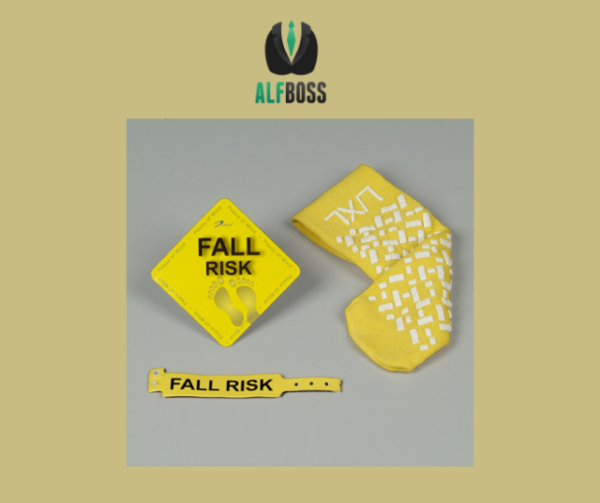
If you have been in the senior living sector for any amount of time, then you know how serious a fall can be. When a resident falls it has the potential to cause serious physical and even mental damage. The CDC reports that one in five falls causes an injury such as a broken bone or head injury. A fall can also seriously damage an elderly person’s psyche and affect their quality of life due to the fear of more falls. There are measures that can be put into place to assure your residents are at a decreased risk of falling. It starts with formulating a “fall risk rating” which is mandated for every resident who will be admitted into an ALF. For more information check out the following regulation provided by Virginia DOSS:
22VAC40-73-325. Fall risk rating.
- For residents who meet the criteria for assisted living care, by the time the comprehensive ISP is completed, a written fall risk rating shall be completed.
- The fall risk rating shall be reviewed and updated under each of the following circumstances:
- At least annually;
- When the condition of the resident changes; and
- After a fall.
- Should a resident who meets the criteria for assisted living care fall, the facility must show documentation of an analysis of the circumstances of the fall and interventions that were initiated to prevent or reduce the risk of subsequent falls.
Top Takeaway:
- The fall risk rating shall be reviewed and updated under each of the following circumstances:
- At least annually;
- When the condition of the resident changes; and
- After a fall.
You need to pay close attention as to the circumstance for when you need to update the resident’s fall risk rating. If you have a resident who is continually falling and the survey team sees their fall risk rating has not been updated you will be tagged.